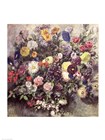
|
|
Bouquet of Flowers
Fine-Art Print
18" x 24"
$26.99
Ships within 3-5 days
|
|
|
|
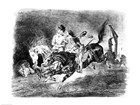
|
|
Mephistopheles and Faust riding in the Night, Illustration for Faust by Goethe, 1828
Fine-Art Print
24" x 18"
$26.99
Ships within 3-5 days
|
|
|
|
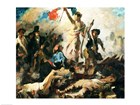
|
|
Study for Liberty Leading the People
Fine-Art Print
24" x 18"
$30.99
Ships within 2-3 days
|
|
|
|
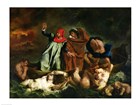
|
|
Dante and Virgil in the Underworld, 1822
Fine-Art Print
24" x 18"
$30.99
Ships within 2-3 days
|
|
|
|

|
|
The Natchez
Fine-Art Print
24" x 18"
$26.99
Ships within 3-5 days
|
|
|
|

|
|
The Death of Charles the Bold at the Battle of Nancy
Fine-Art Print
24" x 18"
$26.99
Ships within 3-5 days
|
|
|
|

|
|
Ovid among the Scythians, 1859
Fine-Art Print
24" x 18"
$26.99
Ships within 3-5 days
|
|
|
|

|
|
The Bride of Abydos, 1843
Fine-Art Print
18" x 24"
$26.99
Ships within 3-5 days
|
|
|
|

|
|
A Turk smoking sitting on a sofa, c.1825
Fine-Art Print
24" x 18"
$26.99
Ships within 3-5 days
|
|
|
|

|
|
Flowers
Fine-Art Print
24" x 18"
$58.99
Ships within 2-3 days
|
|
|
|
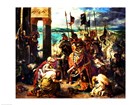
|
|
The Crusaders' entry into Constantinople
Fine-Art Print
24" x 18"
$26.99
Ships within 3-5 days
|
|
|
|

|
|
The Women of Algiers in their Apartment, 1834
Fine-Art Print
24" x 18"
$30.99
Ships within 2-3 days
|
|
|
|

|
|
Frederic Chopin
Fine-Art Print
18" x 24"
$30.99
Ships within 2-3 days
|
|
|
|

|
|
Reclining Odalisque
Fine-Art Print
24" x 18"
$26.99
Ships within 3-5 days
|
|
|
|
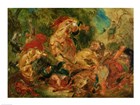
|
|
Study for The Lion Hunt, 1854
Fine-Art Print
24" x 18"
$26.99
Ships within 3-5 days
|
|
|
|

|
|
The Horse Thieves
Fine-Art Print
24" x 18"
$26.99
Ships within 3-5 days
|
|
|
|

|
|
Fight between Jacob and the Angel
Fine-Art Print
18" x 24"
$26.99
Ships within 3-5 days
|
|
|
|

|
|
Duel between Faust and Valentine, from Goethe's Faust
Fine-Art Print
24" x 18"
$26.99
Ships within 3-5 days
|
|
|
|

|
|
Faust meeting Marguerite, from Goethe's Faust
Fine-Art Print
18" x 24"
$26.99
Ships within 3-5 days
|
|
|
|

|
|
Mephistopheles and the Drinking Companions, from Goethe's Faust, 1828
Fine-Art Print
18" x 24"
$26.99
Ships within 3-5 days
|
|
|
|

|
|
Mephistopheles and the Pupil, from Goethe's Faust
Fine-Art Print
18" x 24"
$26.99
Ships within 3-5 days
|
|
|
|

|
|
Faust and Wagner in conversation, Illustration for Faust by Goethe
Fine-Art Print
24" x 18"
$26.99
Ships within 3-5 days
|
|
|
|
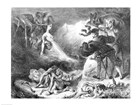
|
|
Faust and Mephistopheles at the Witches' Sabbath, from Goethe's Faust, 1828
Fine-Art Print
24" x 18"
$26.99
Ships within 3-5 days
|
|
|
|
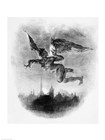
|
|
Mephistopheles' Prologue in the Sky, from Goethe's Faust, 1828
Fine-Art Print
18" x 24"
$26.99
Ships within 3-5 days
|
|
|
|
